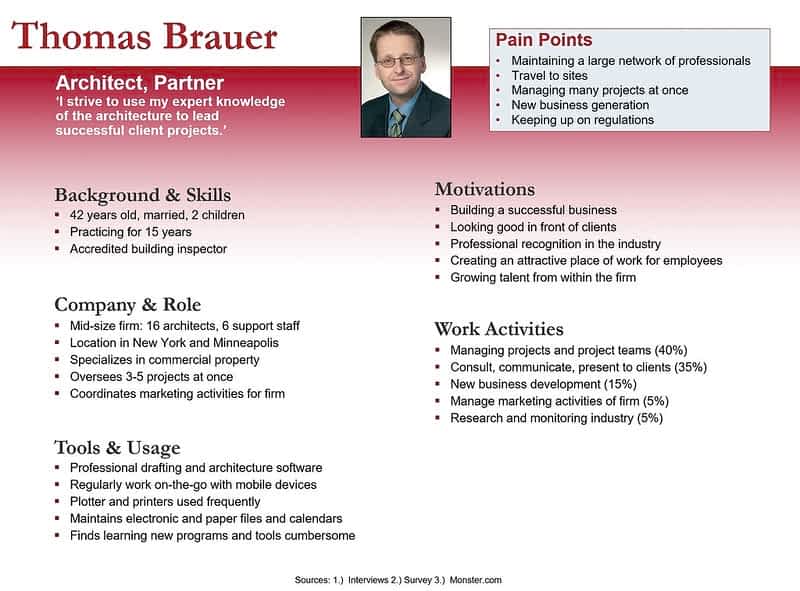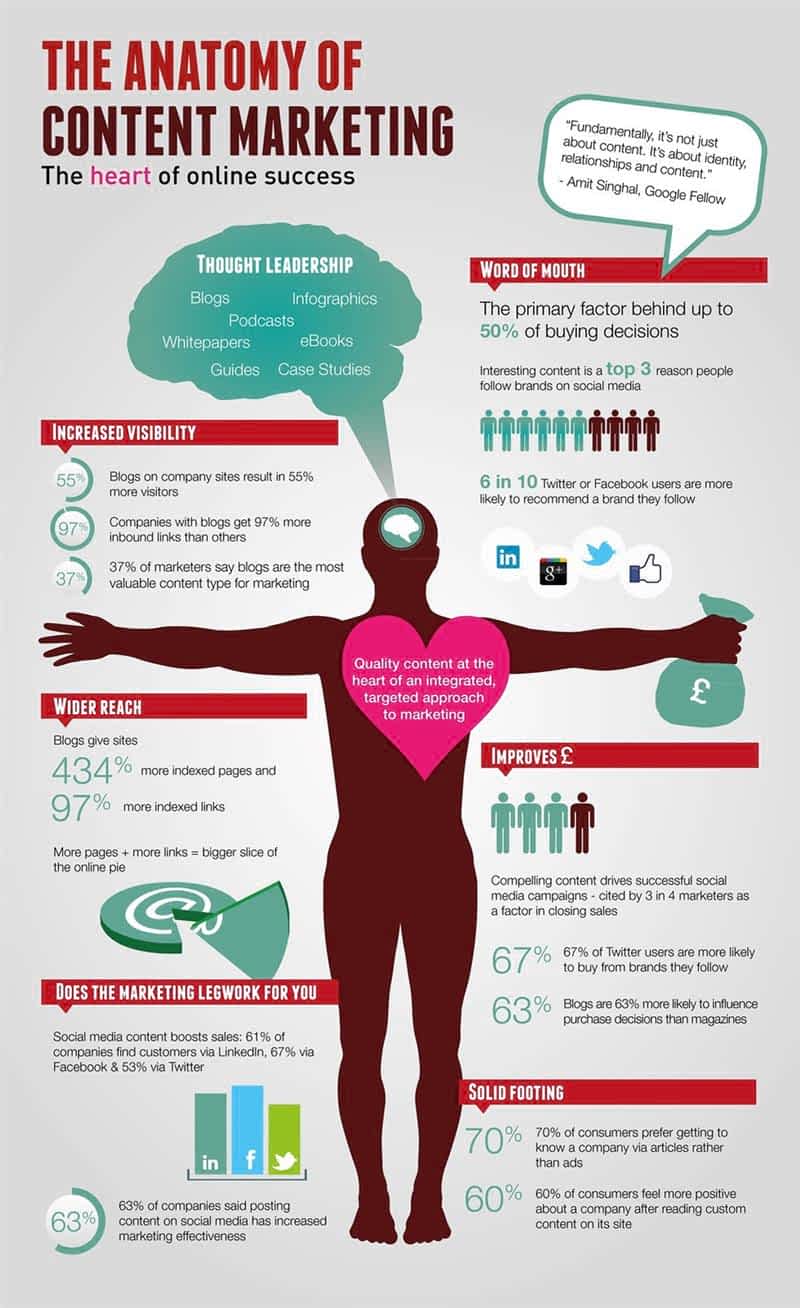Digital Marketing: Channels of a Digital Marketing Mix

Digital marketing is a billionaire industry going on strongly for a quarter-century. The variety of niches and career paths is enormous due to a simple fact: there are as many products and services as there are customer needs.
You already know that human beings are complex, each person is a world. If we put together the needs of all persons the list becomes virtually endless. Here is where markets, verticals, and niches come in handy. Through digital marketing, you can discover, target, track and engage your prospects.
Digital marketing works to target the customer needs in a way that is:
-
Focused on the niche
User-oriented
Centered on the customer’s need
Digital Marketing’s Human Element

Beyond marketing as a technology, there’s the human component that we mustn’t forget. What I’m going to list below is kind of superfluous, but if you are looking to break into marketing, and you haven’t yet stopped to think about the topics below, then you should probably stop reading so much from the internet, and either do a course or read a good book on the subject.
At the forefront and top of your marketing strategy, you should put your prospective customers and clients. This fact has to influence everything else that you. It has to be the moving force behind all your marketing strategy choices.
Since you cannot cater to a preconceived presumption of your ideal customer that you built in your mind based on your assumptions, one of the first things you need when you are beginning the startup phase of a business or service is a solid set of knowledge on your desired customers.
At the very least you need a well-sequenced development of your start-up plan, beginning by figuring at least these three things:
-
How will you build your influence in the niche you are planning to do business in?
How are you going to approach your prospects? (not just the physical way you're going to do it, but also what are going to be your method and ethos.
How are you going to do these things online?
You can’t know how you’re going to meet your ideal customers if you don’t start moving fast towards your customer, getting in direct contact with them, and at the same time profiling them.
You can’t base your actions from this point onwards on anything as vague as your take on your customer, hearsay, or anything like that.
You have to approach this topic carefully and scientifically.
Ways to Profile Your Prospective Customers
![r [james loesch]5232558424 20f18f11f6 o (2)](/images/Categories/Marketing/r-[james%20loesch]5232558424_20f18f11f6_o%20(2).jpg)
-
You can create a survey and ask your prospective customers to fill it
You can keep a record of your conversations with them
You can research through reading studies, papers, theses
You can read books, trade publications, ebooks,
You can join a community forum on the niche you are pursuing
Finally, you can perform all-inclusive social listening and fill in the missing gaps you have left
You’ll have to figure out your customer needs, pains, hopes, gains, and aspirations from the outset.
You do this through filling all kinds of customer intelligence documents, like:
Customer Intelligence
In these documents you decompose the products and services you plan on delivering into several different customer segments, and then you flesh out, for each segment, each of the stages of the customer life cycle.
Finally, after you did a considerable fleshing out of your prospective customers you can say you have the minimum required knowledge of your prospects.
How are you going to approach your prospects? You need to approach them to know them, otherwise, you can’t base your get-keep-grow strategy on anything.
Customer Research
If you have the funds to do it, then you should not stay with everything you learned in the profiling phase. You should commission an additional market study to a professional firm, one that specializes in digital marketing.
The difference is that after you do all the customer intelligence research you can do it by yourself, you’re going to the professionals with a much more useful position for them to serve you better.
Knowing exactly what you now know, and only then handling the market study to a pro outfit will give you peace of mind in knowing that you did everything possible not to be biased and the only thing that’s left is the professional consultants’ service.
And when you get their results, you’re going to be able to compare your small-scale research with the professional version and learn a great deal from the difference.
Customer Persona Topics Backlog
The things you’ll write in each section of the chart aren’t set in stone and can begin with assumptions, but it’s better if you don’t let pass more than a week of assumptions and by the next, you already have replaced the assumptions with actual information you got from prospective clients in the field.
Customer Personas
At the same time, you’re working on the research and topics, you should be building several customer personas profiles, each one in his or her separate document file, and it should look more or less like the document in the image at the top of this section. In the customer persona, you will flesh out your ideal customers properly. In this document, you will dump everything that you learned during the profiling phase.
Search Engine Marketing
SEO strategy
If you are a one-person outfit, you know that SEO is probably the most complicated of all the leverages you can include in your marketing mix. Still,
SEM strategy
As I see it, the best search engine marketer is the one that doesn't try to juggle fifty business processes and solely dedicates herself or himself to the SEM processes and nothing else. It's a fast-paced industry, where an update in the search engine algorithms may render your SEO work of months obsolete.
Add to that the lack of time to optimize or lack interest in the SEO side of your business and SEM (search engine marketing) becomes a necessity. If you have the budget and a sound SEM strategy that you can scale, then you can obviate all SEO techniques and still receive the traffic you want.
Pay-Per-Click Campaign
Buy ads, pay a sum each time one clicks one of your ads.
Digital Assets Optimization
If your website has thousands of digital assets, like for instance, pictures, it pays to optimize them with an SEO approach meant to compliment your main SEO strategy for your website.
Turnkey SEM Tactics
-
Paid Inclusion
Paid Placement
Contextual Advertising
Content Marketing Planning
Customer Intelligence
Competitor Analysis
Start Brainstorming Topics
Start with Content that Discloses
Create Social Media Channels
Curate and Share Epic Content
Figure out Inbound Tactics
Content Strategy and Digital Marketing
Some tactics of a copywriter content strategy that can be streamlined into the big picture of a digital marketing strategy (digital marketing mix):
-
SEO content
Channels
Delivery frequency
Tags
Engagement
Lead Magnets
Advertisements
Digital Marketing Affiliate Products through Social Sharing

Conducting social media digital marketing by using different channels like for instance social media presence.
Integrating Digital Marketing with eCommerce Apps
Examples:
-
Shopify
Magento
Sales funnel building
-
Lead capture
Lead education
Lead nurturing
Selling
Cross-selling
Up-selling
Many more...
Digital Marketing Resources
Cover letter
Elevator pitch
Pitch letter
Sales letter
Squeeze page
Affiliate network
Affiliate program
Affiliate product
Autoresponders
Advertising tech
Tracking apps
Reporting apps
Link management apps
Website-building apps
Community apps
Artificial Intelligence for Digital Marketing
-
Predictive Analytics
Sentiment Analysis
Customization
Recommendations
Customer Intelligence Profiling
Retargeting and Similar Ad Tech
Automated Up-sell and Cross-sell
Social Media Marketing
Some parts of a copywriter social media marketing strategy:
-
Interaction
Brand-to-customer nurturing
Customer support
Brand participation
Social media marketing jobs descriptions
Social media marketing agencies' profiles
Social media marketing plan
Impressum
Digital Marketing Public Relations
While there are other ways to conduct PR for digital marketing, social media platforms are the ideal environment to implement your public relations tactics. If the majority of your customers (potential or established) belong to social media sites, then you can leverage that by either using the social media applications or integrating parts of them into your own website. You can even do both things if it is convenient to both your customers and your business.
Image Attributions
Antone Shores How Content Marketing Can Help Startups Generate Better ROI CC BY 2.0
Rosenfeld Media JTBD032: Figure 4.6 CC BY 2.0
Sebastiaan ter Burg Design A Better Business masterclass @ Zoku Amsterdam, October 2017 CC BY 2.0
© Martin Wensley, 2022 — Digital Marketing
